
Does Rice Turn Into Maggots?
Purchasing pantry staples like rice and flour in bulk is a great way to save money. However, your savings will be wasted if the food becomes infested with insects.
Today we’re going to look at a common problem, usually in rice or flour – maggots and weevils.
While seeing maggots and black bugs in your rice can be quite a shock, rest assured that they will not harm you, and there are ways to get rid of them.
Read on for some great tips to keep your food supplies free of these horrible creatures.
What are they?
- Maggots
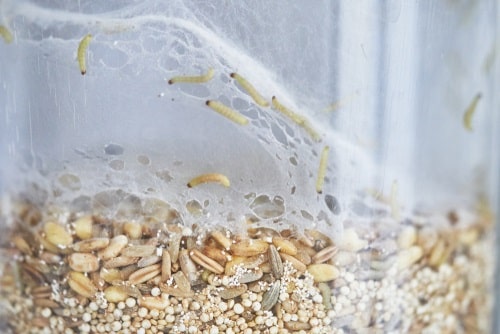
The maggots you see in your rice might probably be the Indianmeal moth larvae. Known by its scientific name Plodia interpunctella (Hübner), it is a common household pest that feeds primarily on stored food items.
The larva color is normally off-white, but it is orange, pink, or almost greenish, depending on the food source.
- Weevils
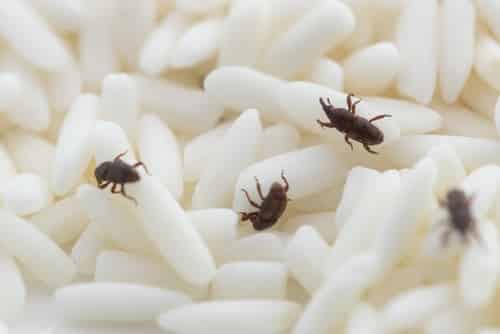
The most common type of bugs to infest foods like rice, flour, pasta, and grains are weevils. They have many different names like rice weevils, rice bugs, rice beetles, and so on. Their scientific name is Sitophilus oryzae.
They’re about the same size and shape as a grain of rice, black with a pointed snout and six legs. Weevils breed quickly and can even chew through thin plastic food packaging and paper bags.
Where do we find these animals?
They are often found in grain storage facilities. These maggots or larvae have been deemed the most significant pest of stored grains in homes and supermarkets.
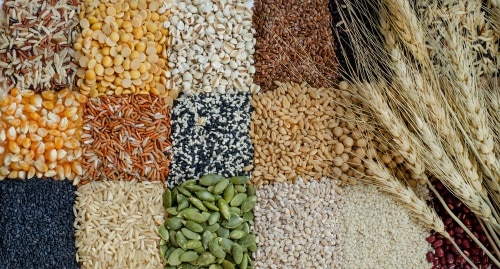
Grain goods, nuts, dried fruit, dog food, and spices are good sources of larvae. Weevils like many dried foods, but the most common are rice, wheat, seeds like sunflower seeds, nuts, cereals, pasta, and oats.
Check your dried dog food too! If you have a new infestation at home, it probably originated from the shop.
Are they harmful?
While it may be gross to find creatures crawling in your food supplies, they are not harmful. Even if you have eaten some by mistake, they will not make you sick.
They do not carry any diseases and do not bite humans or pets. These animals are completely herbivorous. They are, however, something that will damage your pantry staples and do need to be eradicated.
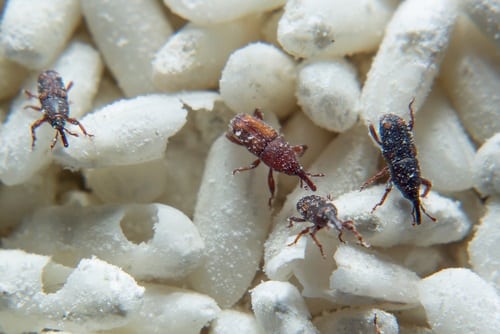
Prevention first
As we’ve said earlier, larvae and weevils can easily get into paper and plastic bags. It’s important to store all foodstuffs in sealed, insect-proof containers.
This will also keep other insects like ants and cockroaches away from your food. The container should be made of thick plastic or preferably glass and should have an airtight lid.
Make it a habit to check any new food that you buy. This way, you can immediately return any infested food to the store before it can spread in your pantry.
Most stores will replace it without a problem. Once you’ve ensured that your new supplies are pest-free, transfer them to your containers and seal them well. Store them in a cool, dry place.
Try not to add new rice to the remnants of old rice. Rather, store it separately and use up the older stock first.
Many natural substances repel insects. Scatter whole cloves and bay leaves around the shelves. You can also try soaking some cotton balls in tea tree oil and leaving these on the shelves too.
Hanging strings of dried garlic and chilies also deters pests. These are all-natural, harmless pest prevention methods that are much better for you and the environment than chemical pesticides.
Dispose of any old foodstuffs like those random packets of spices and herbs that you can’t remember what they are anymore. Throw out anything that’s past its expiration date.
Eliminating an existing problem
These pests seem to breed more in hot, humid climates, so you need to be especially diligent in summer. If, despite your precautions, you find that you have a problem, here are a few ways of sorting it out.
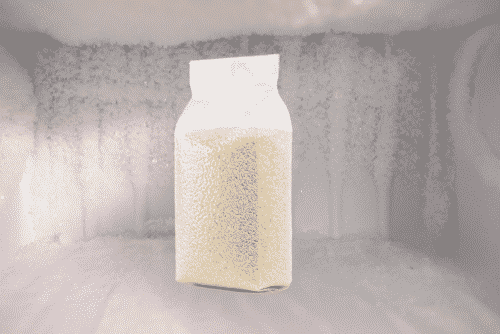
1. Freezing
When you purchase new supplies, store them in their existing packets in the freezer for a few days. This will kill any larvae and eggs if present. Remove from the freezer and repackage into your proper containers.
2. Sunlight
Weevils like the dark, so if you have infested food supplies, spread them out in the sunlight in a thin layer for a few hours. You can use a tray for this purpose. The bugs will crawl out of the food and look for a dark place.
3. Clean
You will need to give your kitchen and pantry area a thorough clean to remove any existing bugs and prevent more. First, remove all foodstuffs.

Vacuum thoroughly, getting into all the cracks and spaces between shelves. Remember to vacuum behind and underneath the refrigerator, toaster, breadbin, blender, microwave, and anywhere else where crumbs collect.
4. Wipe
Wipe over all the surfaces with a vinegar-soaked cloth. You can add a few drops of clove oil if you have any. Alternatively, add a few drops of citrus essential oil.
5. Freeze
Next, freeze all containers of dried goods before returning them to your shelves.
6. Wash
Use hot soapy water to thoroughly wash all the storage containers that you intend to reuse for food. Alternatively, run it through the dishwasher if possible.

This will kill any eggs or larvae that may still be lurking inside. Remember to wash the containers every time the old food supply gets finished before refilling.
Can you still eat the food?
While nobody wants to eat bugs, the reality is that many people today cannot afford to throw away a bulk supply of rice or flour. Rest assured, the food is still safe to eat, but you do need to remove as many insects as possible.
First, leave it in the sunlight as recommended to get rid of most of them. Then, you can sift the flour through a fine sieve. For rice, first, wash it and remove it by hand as many as you can see.
When the rice is being boiled, the larvae and weevils will float to the top and be scooped off. However, not all foods can be cleansed of the bugs. Discard these and start again with a fresh supply.

To conclude
We hope these tips will help you to eliminate your maggots (larvae) and weevil problems once and for all. Remember to keep your kitchen hygienic and to check all incoming food supplies. This will prevent the problem from recurring.